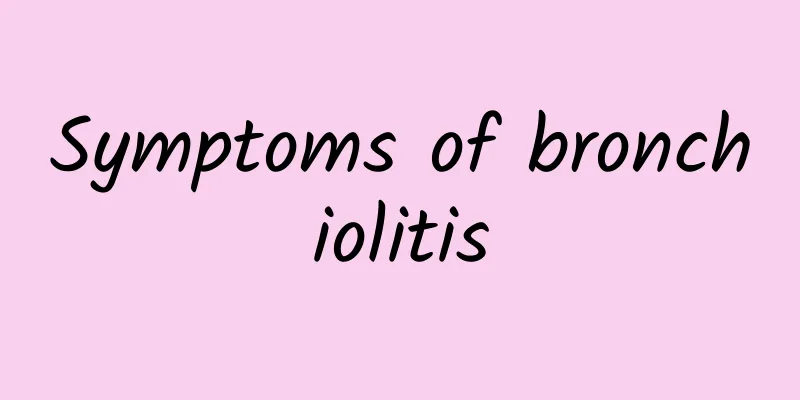Why is my nose dry, painful and bleeding?

|
Many people have dry and painful noses. Because the nose is too dry and the lining tissue in the nasal cavity is very fragile, patients will experience nosebleeds. At this time, try not to use medication first. You can first improve your life and eating habits, pay attention to hydrating and moisturizing the nose, clean it with saline, and prevent local toxin infection. The main purpose of drug treatment is to eliminate all possible causes, such as improving the working environment, eliminating local infections, and correcting malnutrition.1. Improve the working and living environment, avoid high temperature, dryness, inhalation of dust and harmful chemicals, strengthen ventilation equipment, increase environmental humidity, reduce the content of dust and other pollutants in the atmosphere, etc. 2. Improve nutrition. Appropriately supplement vitamins A, B2, C and K to promote the recovery of damaged epithelium and hemostasis. 3. Nasal medication: Use warm saline or 1% to 3% sodium bicarbonate solution to irrigate the nasal cavity to remove the crust in the nasal cavity and keep the mucosa moist. Use normal saline, 5% glucose saline, 25% glucose glycerin nasal drops or non-irritating antibiotic ointment or cod liver oil ointment for local application. For shallow mucosal erosion, ulcer or bleeding area, 10% to 20% silver nitrate can be used to cauterize and stop bleeding. In terms of diet and health care, supplementing with more vitamins A, B2, and C can help the recovery of the nasal mucosal epithelium. Because vitamin B2 can enhance cell function and promote the movement of nasal mucosal cilia. Vitamin C has a protective effect on the capillary walls. In addition, you should quit smoking and drinking, avoid spicy and hot foods, eat more vegetables and fruits, and keep your bowel movements smooth. Preventive care includes active treatment of nasal and nasal diseases, avoidance of harmful dust and local irritation, and improvement of nutrition. Pathological etiology The cause is unknown, the following factors may be related to the onset. 1. People who live in dry, hot or cold environments with large temperature changes, little rain, and strong winds and sand have a higher incidence of dry rhinitis. 2. Occupational factors: The incidence rate among workers working in an environment with high temperature, dust, and harmful chemical gases is higher than that of the general population. 3. Patients with systemic chronic diseases are prone to dry rhinitis, especially those with anemia, indigestion, constipation and nephritis. |
<<: What's wrong with dry nose and blood?
>>: What to do if your nose is dry and bloody
Recommend
What causes stomach pain in the middle of the night?
The problem of stomach pain in the middle of the ...
Is it necessary to take folic acid during early pregnancy?
Pregnancy is a relatively important period for wo...
What will happen if renal insufficiency occurs? The harm is so serious
The kidney is an important organ in the human bod...
Drinking Chinese medicine for bloating
Many people choose Chinese medicine for treatment...
What to do if your baby is anemic? Daily diet to replenish blood
Children's health is the biggest worry for ne...
Genetic primary cholangitis
All the diseases we encounter in life are primary...
Are there serious side effects of Jianer Pills?
Although children's metabolism is very rapid, ...
In what situations can autohemotherapy not be used?
In our lives, there are some novel therapies in t...
Precautions for nonspecific interstitial pneumonia
The onset of symptoms mostly reflects physical pr...
What are the effects of hot compress Chinese medicine bags?
Chinese herbal hot compress is the crystallizatio...
What causes hypoglycemia?
When facing the problem of hypoglycemia, you shou...
Why is there more leucorrhea after menopause?
Menstruation is something that every female frien...
What to eat for pleurisy?
If you suffer from pleurisy, you should pay more ...
What should I pay attention to when I have gastric erosion? Pay more attention to my diet
The most important thing to pay attention to when...
Lymph nodes on the neck
Many people do not know much about lymph nodes on...









